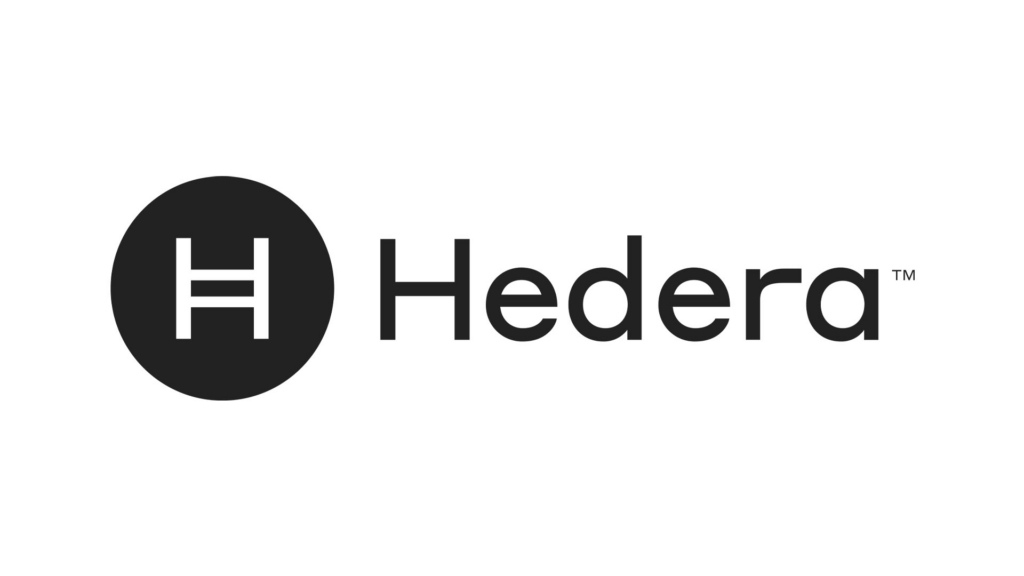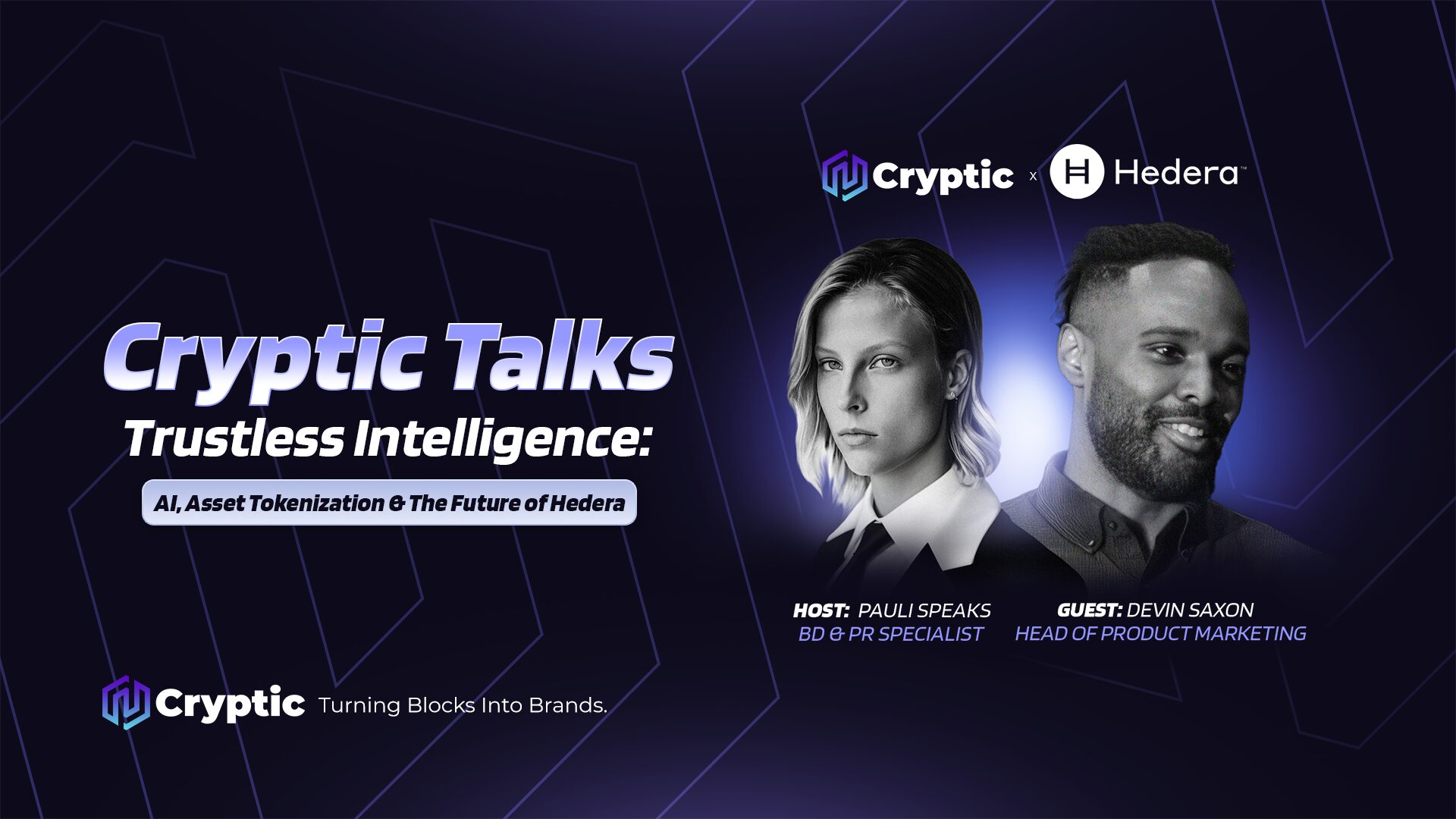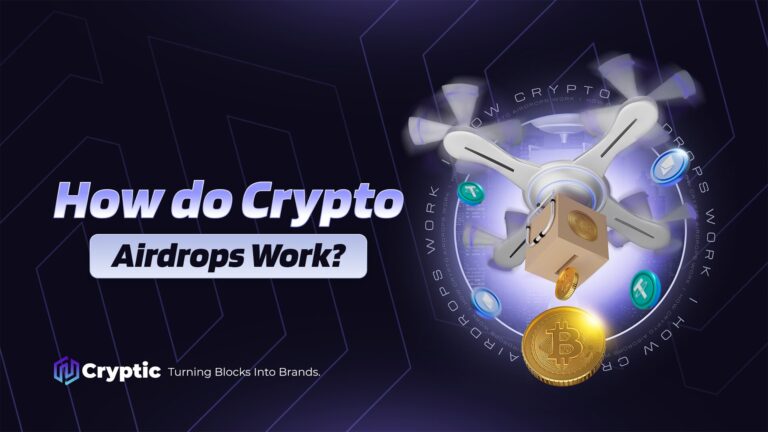Devin Saxon, a specialist in blockchain technology and artificial intelligence, represents Hedera, one of the most innovative and sustainable distributed networks in the market. In this exclusive interview, he discusses Hedera’s technological advantages, the integration of AI with smart contracts, the importance of transparency and security in regulated environments, as well as the platform’s role in sustainability and the future of the digital economy.

Building trust and innovation in the world of blockchain and AI
Devin is a specialist in blockchain technology and artificial intelligence, representing Hedera, one of the most advanced and trusted distributed networks in the market. With extensive experience at the intersection of technological innovation and regulation, he has dedicated his career to creating systems that not only keep pace with technological evolution but also comply with legal requirements and foster trust among institutions, regulators, and users. His role at Hedera is essential in bridging the platform’s technical robustness with real market needs.
Within Hedera, Devin plays a strategic role in developing solutions that drive the network’s adoption in sectors demanding high levels of security, transparency, and scalability. He helps translate complex concepts into practical applications, such as the integration of artificial intelligence with smart contracts, topics discussed during the program. His forward-looking vision aligns closely with the needs of the digital future, making him a key voice in conversations about decentralized technologies in regulated and fast-moving environments.
A new era in distributed networks: discovering Hedera
Hedera represents an evolution in the world of distributed networks by adopting Hashgraph technology, which sets it apart from traditional blockchains. This innovation combines decentralization, robust security, high scalability, and legal compliance, all essential for corporate and regulated environments. Widely recognized as a trusted platform, it supports financial institutions, regulators, and companies that demand solid digital solutions, thanks to a design focused on delivering transparency, auditability, and confidence even in the most complex digital ecosystems. With this foundation, Hedera stands out as a technological backbone ready to meet the demands of an emerging digital economy.
Hedera’s tech foundations
Hedera is built on the Hashgraph consensus algorithm, which, as Devin highlighted during the conversation, was designed to “work inside the rules, not around them.” This approach delivers high transaction speed, finality in seconds, and an ultra-low energy footprint, setting it apart from traditional blockchains that often struggle with scalability or sustainability. The network’s consensus service ensures that every action is immutably recorded, providing the transparency and auditability that regulators, enterprises, and institutions demand.
Security and compliance are not afterthoughts but part of the architecture itself. Hashgraph’s mathematically fair design protects against manipulation while enabling smart contracts and tokenization that can handle complex, real-world transactions. As Devin pointed out, this trusted infrastructure is critical for a future where AI agents and automated systems interact with digital assets and contracts seamlessly. By combining speed, security, and verifiable governance, Hedera offers a solid foundation for an increasingly autonomous and data-driven economy.
AI agents and the path to a verifiable economy
The future of artificial intelligence goes far beyond chatbots or simple automation. As Devin explained, we are moving quickly toward a reality where autonomous AI agents will manage assets, negotiate contracts and enforce compliance independently. This shift demands an infrastructure that can support the speed and complexity of machine-led transactions while remaining fully auditable and secure.
Hedera is already enabling this future through tools like the Hedera AgentKit, which allows AI systems to read and write directly to the ledger, transfer tokens, and interact with smart contracts for rule-based automation. This enables intelligent agents to execute trades, rebalance portfolios, or lock assets according to predefined conditions, all with the reliability and transparency that Hedera’s consensus mechanism ensures.
A critical component of this evolution is verifiability. No one wants AI acting as a “black box” when managing financial decisions. Hedera’s architecture guarantees that every action by an AI agent is immutably recorded and traceable, offering full visibility for audits, dispute resolution, or regulatory oversight. With low and predictable fees, rapid consensus, and a strong commitment to sustainability, Hedera establishes itself as a reliable foundation for an economy where AI and automation are not only possible but dependable and secure.
Powering a Low-Carbon Digital Future
Unlike traditional blockchains that often have significant environmental impacts, Hedera’s Hashgraph consensus model achieves high throughput with minimal energy use, ranking it among the most energy-efficient distributed networks. Operating as a carbon-negative network with regular third-party audits and carbon offsets, Hedera positions itself as a dependable partner for ESG-focused initiatives that require verifiable sustainability data. This efficiency allows companies and developers to immutably record ESG metrics, trace supply chain emissions, tokenize carbon credits, and combat greenwashing through transparent and tamper-proof reporting. Through specialized tools such as the Guardian framework and collaborations with projects like DOVU and Tulum Earth, Hedera offers a secure framework for next-generation sustainability solutions where environmental responsibility and financial accountability go hand in hand, supported by fully auditable processes.
The next layer of trust
With real-world use cases spanning major banks like Standard Bank and Shinhan Bank, financial platforms such as Archax, and technology leaders including Nvidia and Intel, Hedera demonstrates that its infrastructure extends beyond theory into practical application. It already powers cross-border transfers, stablecoins, tokenized assets, and verifiable AI computations. These solutions provide measurable benefits to industries that require efficiency, traceability, and compliance, securing Hedera’s role as a secure framework within complex digital ecosystems.
Looking toward 2027, the outlook is definitive: widespread tokenization of real-world assets, the rise of an autonomous economy driven by AI agents and smart contracts, and Hedera serving as the invisible yet indispensable layer ensuring security, transparency, and sustainability. In a future shaped by open collaboration and impactful innovation, Hedera is dedicated to expanding its community and nurturing a digital ecosystem designed for all. Those eager to explore transformative technology and unlock new possibilities should discover what Hedera offers.
Disclaimer: This article is based on an interview and reflects the personal views and opinions of the featured speaker. It is intended for informational purposes only and should not be considered financial, investment, or legal advice. Readers are encouraged to conduct their own research and consult with qualified professionals before making any financial decisions.



